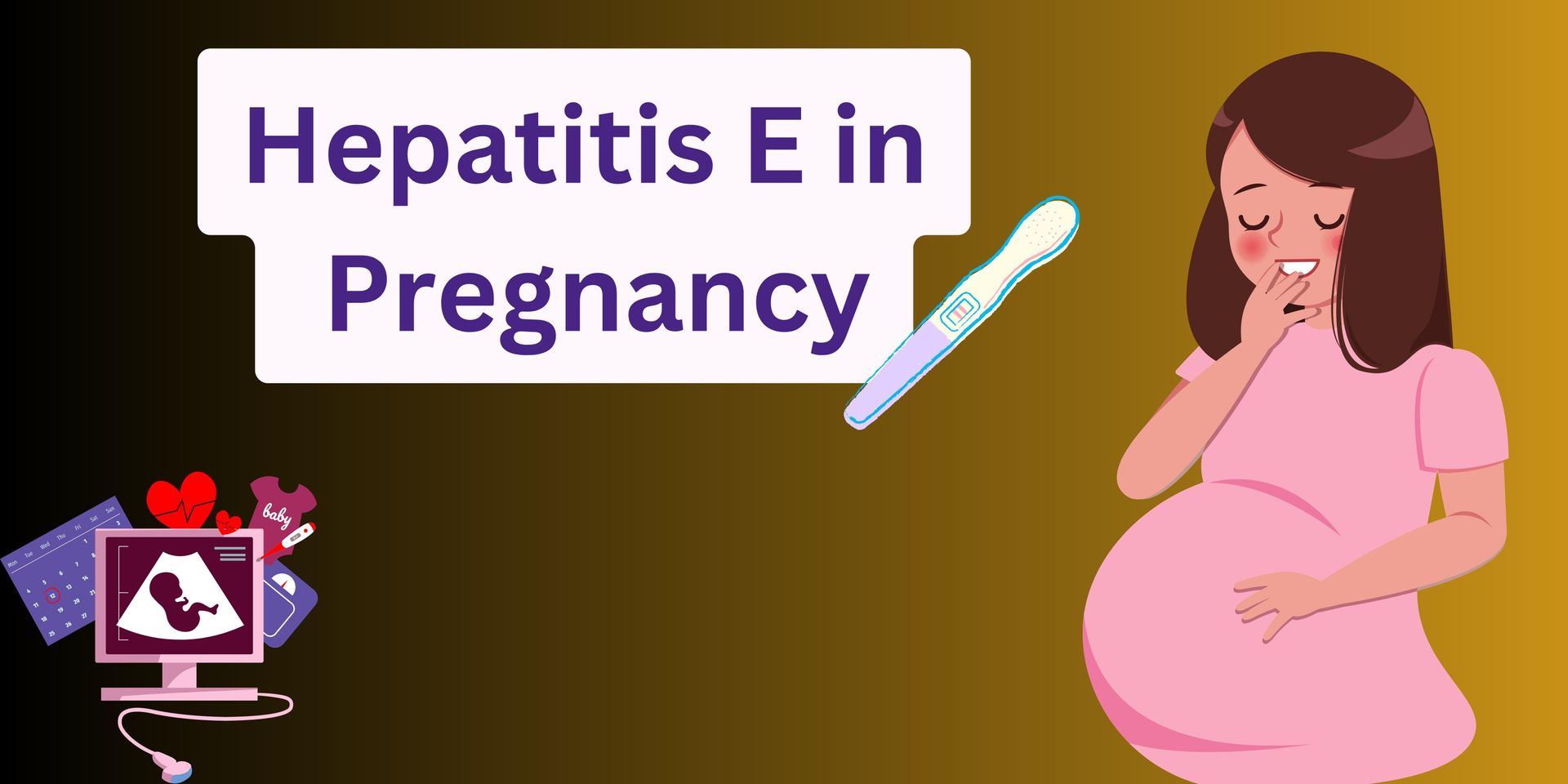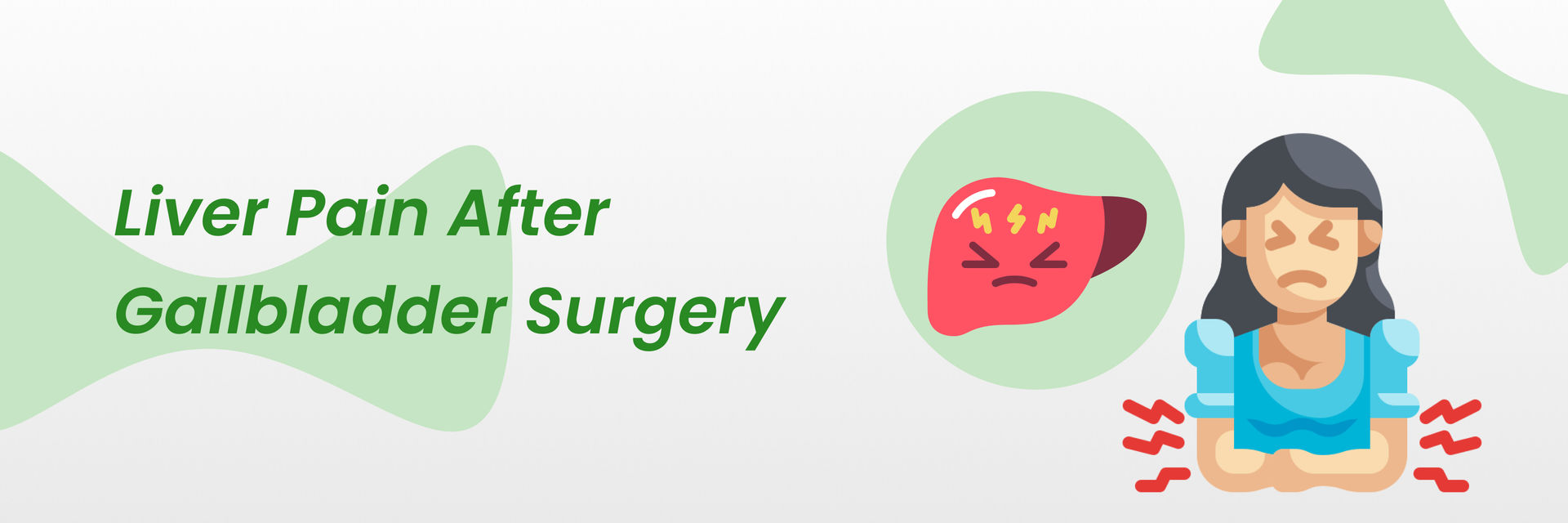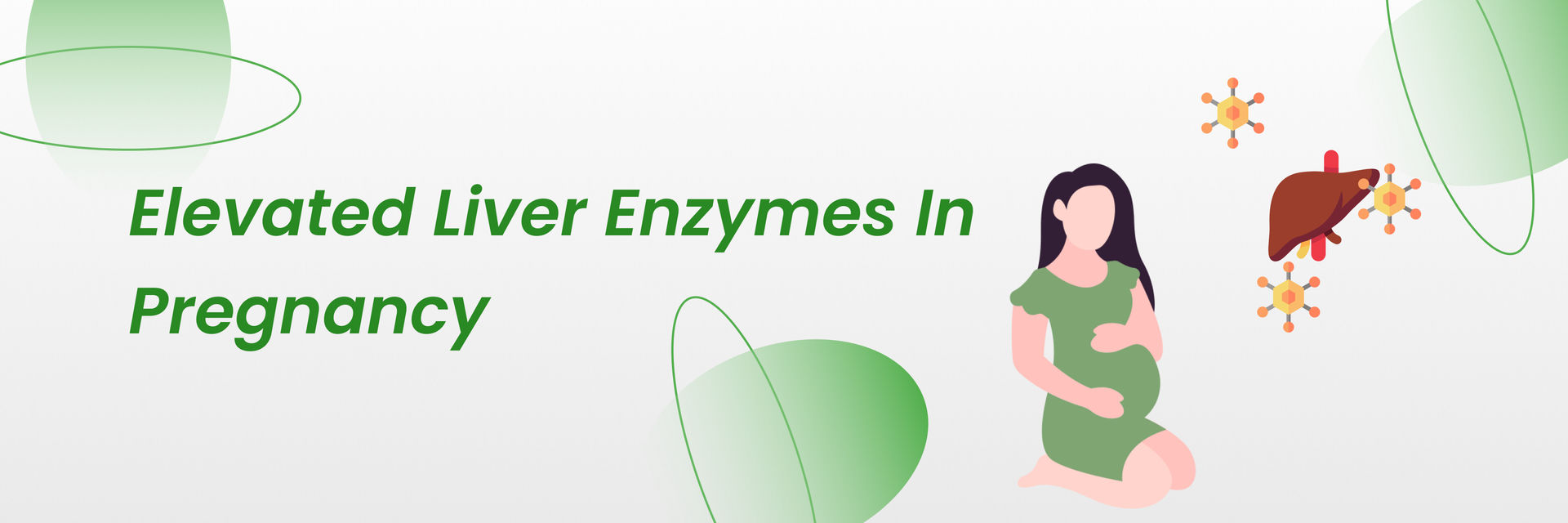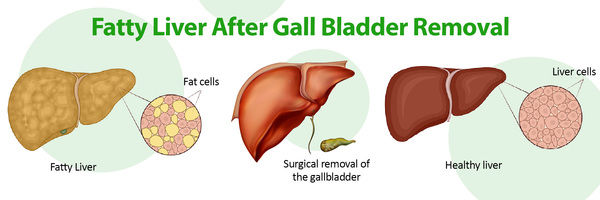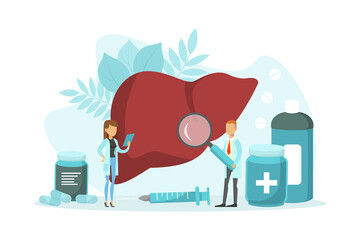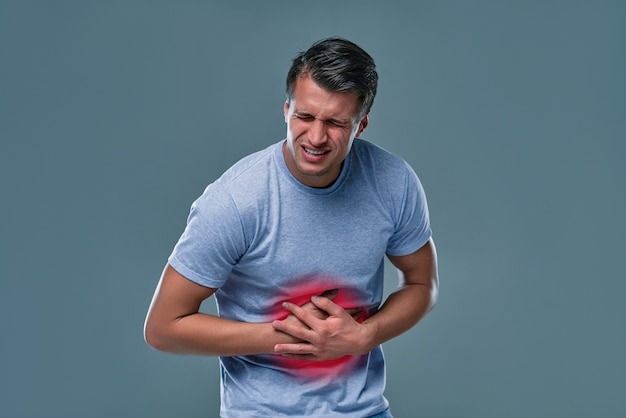Overview
Ever wondered if your back pain could be related to your liver?
Yes, it can. While not everyone with fatty liver disease will experience back pain, it is a symptom that some individuals may encounter.
Fatty liver disease is when excess fat builds up in the liver cells. While it often goes unnoticed in its early stages, it can lead to significant health issues, including back pain. Globally, it's estimated that 25% of the population has non-alcoholic fatty liver disease (NAFLD), making it a common yet often overlooked condition. Understanding the link between fatty liver and back pain is crucial for those experiencing discomfort, as it can guide effective management and treatment.
Dr. Gaurav Gupta, a renowned Hepatologist & Surgical Gastroenterology specialist from Mumbai, explains that back pain linked to fatty liver disease is more common than many realize.
According to Dr. Gupta, "This is due to the liver's inflammation and enlargement, which puts pressure on surrounding organs and muscles, leading to pain that radiates to the back." Understanding this connection helps in diagnosing the real cause behind persistent back pain, which might otherwise be mistaken for a more common musculoskeletal issue.
Causes and Risk Factors
- Obesity: Being overweight can lead to fat in the liver.
- Diabetes: People with type 2 diabetes are more likely to have fatty liver.
- High Cholesterol: High fat levels in the blood can cause fatty liver.
- Poor Diet: Eating lots of sugar, fats, and refined carbs can lead to fatty liver.
- Alcohol Consumption: Drinking too much alcohol is a major cause.
Types of Fatty Liver Disease
- Non-alcoholic fatty Liver Disease (NAFLD): This type affects people who drink little to no alcohol. It's often linked to obesity and metabolic issues.
- Alcoholic Fatty Liver Disease (AFLD): This type is caused by heavy alcohol use.
If you're experiencing persistent back pain and other fatty liver symptoms back pain, it's worth discussing with specialists in hepatology. It is essential for personalized care and timely intervention.
Why It Happens
Back pain associated with fatty liver disease occurs due to inflammation and liver enlargement. This can put pressure on surrounding organs and muscles, causing discomfort that radiates to the back.
- Varies by Individual: Not everyone with fatty liver disease will have back pain. The prevalence of back pain varies among individuals.
- Linked to Severity: Those with more advanced stages of fatty liver disease, such as non-alcoholic steatohepatitis (NASH), may be more likely to experience back pain due to increased inflammation and liver damage.
Recognizing the Connection
Understanding that back pain can be linked to fatty liver is important for those already diagnosed. If you're experiencing persistent back pain along with other fatty liver symptoms back pain, it's worth discussing with your healthcare provider.
So how does one know if they have back pain due to fatty liver? Let’s find out.
How shall I know if the back pain is fatty liver-related?
It can be challenging to know for certain whether your back pain is related to fatty liver disease without a proper medical examination and diagnosis. However, some signs and symptoms may suggest a link between the two.

Understanding the nature of this pain can help identify its cause and seek appropriate treatment.
Characteristics of Fatty Liver Back Pain
- Location: The pain is typically felt in the upper right side of the back, near the liver.
- Type of Pain: It may be a dull, persistent ache. Some people describe it as a deep, gnawing ache.
- Radiating Pain: In some cases, the pain can radiate from the upper right abdomen to the right shoulder or back.
- Triggering Factors: The pain may worsen after eating fatty foods or heavy meals due to increased pressure on the liver.
- Associated Symptoms: This type of back pain often accompanies other symptoms of fatty liver disease, such as fatigue, abdominal discomfort, and unexplained weight loss.
Differentiating from Other Types of Back Pain
- Localized Pain: Unlike general back pain, fatty liver-related pain is more localized to the upper right back.
- Persistent Discomfort: While common back pain may come and go, fatty liver back pain tends to be more constant and linked to liver function issues.
Struggling with fatty liver back pain? You should visit renowned hospitals specializing in liver disease treatment for accurate diagnosis and personalized treatment to alleviate discomfort and improve overall well-being.
So, now we know that fatty liver can cause back pain and what it feels like, let’s look at the treatment options.
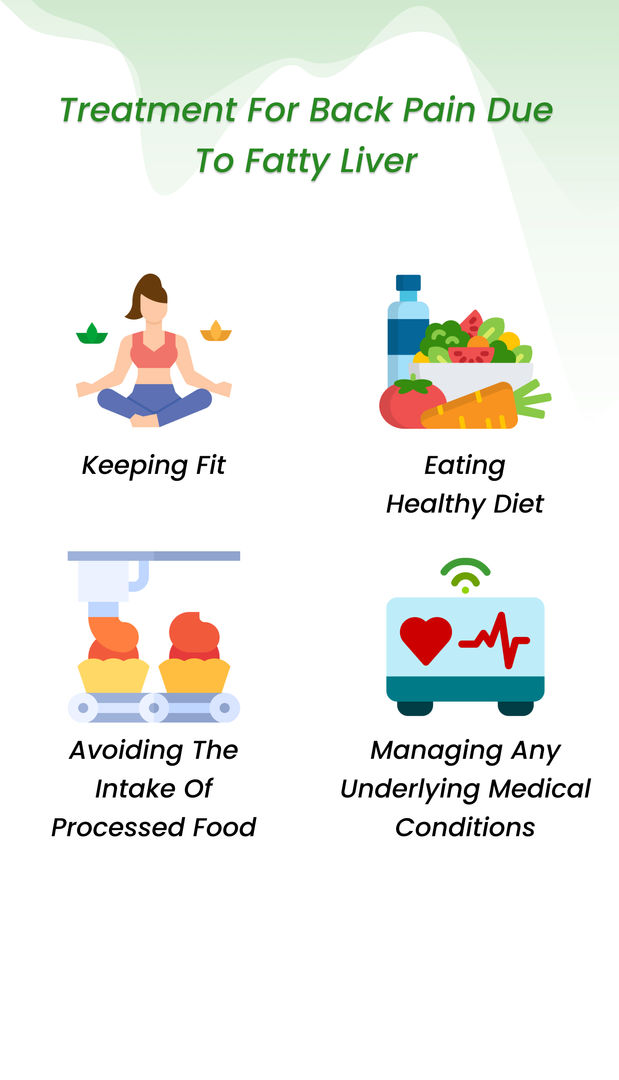
What is the treatment for back pain due to fatty liver?
Effective treatment focuses on addressing both the liver condition and the associated pain.
Treatment Options
1. Lifestyle Changes
- Healthy Diet: Low in fats and sugars.
- Regular Exercise: Improves liver function.
- Weight Management: Maintain a healthy weight.
2. Medications
- Pain Relief: Use acetaminophen or NSAIDs (consult your doctor).
- Liver Health: Medications for diabetes, cholesterol, or blood pressure.
3. Medical Treatments
- Vitamin E and Pioglitazone: For NASH.
- Anti-inflammatory Drugs: Reduce liver inflammation.
4. Physical Therapy
- Strengthening Exercises: Support back muscles.
- Stretching: Improve flexibility and reduce tension.
5. Alternative Therapies
- Acupuncture: Pain relief.
- Massage Therapy: Relieve muscle tension.
It's also important to note that if you have NAFLD and it has progressed to advanced stages such as Nonalcoholic Steatohepatitis or Cirrhosis, it may require more aggressive treatment, such as medications or even a liver transplant.
Preventive Measures and Lifestyle Changes
How to Prevent Fatty Liver Disease
Maintain a Healthy Weight
- Balanced diet and regular exercise.
Limit Alcohol Intake
- Drink in moderation.
Avoid Sugary and Processed Foods
- Reduce high-sugar, refined carbs, and saturated fats.
Manage Health Conditions
- Control diabetes, high blood pressure, and high cholesterol.
Stay Hydrated
- Drink plenty of water.
Reducing the Risk of Back Pain
Practice Good Posture
- Proper posture while sitting, standing, and sleeping.
Engage in Physical Activity
- Strengthen core and back muscles; regular stretching.
Avoid Toxins
- Limit exposure to harmful chemicals.
Manage Stress
- Use stress-relief techniques like meditation.
Regular Health Check-ups
- Monitor liver health and address persistent back pain.
Avoid Self-Medication
- Consult a doctor before using over-the-counter medications.
According to Amber Dixon**,** a dietitian and CEO of Elderly Assist, with over 30 years of experience in the healthcare industry, has quoted that -
The relationship between fatty liver and back pain lies in the inflammation and enlargement of the liver. As the liver enlarges, it can press against nearby structures, causing discomfort and pain in the back area. To diagnose and evaluate back pain associated with fatty liver, we generally advice to perform blood tests, imaging studies (such as ultrasound or CT scan), and in some cases, a liver biopsy. These tests help determine the extent of liver damage and the underlying cause of the fatty liver.
How long will it take for the medications to relieve back pain from NAFLD?
If your back pain is caused by an enlarged liver or cirrhosis, medications may not directly relieve the pain. Medicines used to treat NAFLD primarily focus on reducing the amount of fat in the liver and improving liver function.
These medications may take several months to show improvement and may not have an immediate effect on back pain. In some cases, weight loss and exercise can also help reduce the amount of fat in the liver and improve symptoms of NAFLD.
As mentioned earlier, back pain is caused by many factors, and it's difficult to draw a direct correlation between it and FLD. However, FLD is considered one potential cause of back pain.
For back pain specifically, the treatment will depend on the underlying cause and the severity of the pain. Over-the-counter pain relievers such as ibuprofen or acetaminophen may be helpful. Physical therapy or exercise may also be recommended to help strengthen the muscles in the back and reduce pain.
FAQs
Can fatty liver disease cause other symptoms besides back pain?
- Yes, fatty liver disease can also cause fatigue, weakness, weight loss, abdominal pain, and an enlarged liver.
How is fatty liver disease diagnosed?
- Fatty liver disease is diagnosed through blood tests, imaging studies like ultrasound or CT scans, and sometimes a liver biopsy.
Can fatty liver disease be reversed?
- Yes, fatty liver disease can often be reversed with lifestyle changes such as losing weight, eating a healthy diet, and exercising regularly.
Is fatty liver disease common?
- Yes, fatty liver disease is quite common, especially among people with obesity, diabetes, or high cholesterol.
What is the difference between alcoholic and non-alcoholic fatty liver disease?
- Alcoholic fatty liver disease is caused by excessive alcohol consumption, while non-alcoholic fatty liver disease (NAFLD) is related to factors like obesity, diet, and metabolic conditions, not alcohol.
References:
https://www.healthgrades.com/right-care/liver-conditions
https://www.medicalnewstoday.com/articles/317259
https://www.healthgrades.com/right-care/liver-conditions/5-signs-and-symptoms-of-fatty-liver-disease

